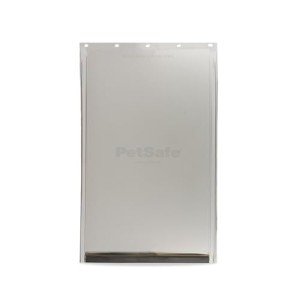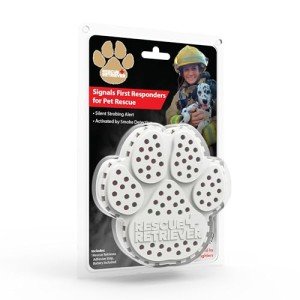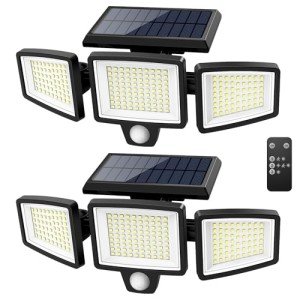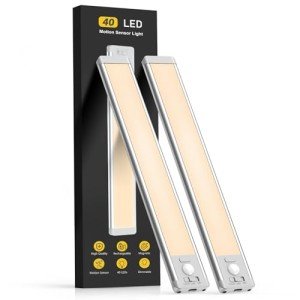Smoke detectors are an essential part of keeping your home safe. These little devices are your first line of defense against fire. When smoke is detected, they sound an alarm to alert you and your family, giving you valuable time to escape and call for help. It's important to understand how they work and why they are important for your peace of mind.
There are two main types of smoke detectors: ionization and photoelectric. Ionization smoke detectors are great for detecting fast-flaming fires, while photoelectric ones are better for smoldering fires. Some models combine both technologies to give you the best protection. Choosing the right type depends on your home and specific safety needs.
Installation is easy, but placement matters. You should ideally put smoke detectors in every bedroom, outside each sleeping area, and on every level of your home. This way, you'll be alerted no matter where the fire starts. Don’t forget to test them monthly to make sure they’re working, and replace the batteries at least once a year.
Keeping smoke detectors in top shape is all about maintenance. Dust and debris can mess with their sensors, so give them a little cleaning every few months. Also, check expiration dates. Most smoke detectors need to be replaced every 10 years, so make a note to mark your calendar!
Types of Smoke Detectors You Should Know
When it comes to smoke detectors, knowing the different types can really help when choosing what’s best for your home. There are mainly three types that you should be aware of: ionization smoke detectors, photoelectric smoke detectors, and dual-sensor smoke detectors. Each has its own strengths, and understanding these differences makes a big impact on your safety.
Ionization smoke detectors are super sensitive to flaming fires. They use a small amount of radioactive material to detect changes in air. When a fire starts, it produces fast flames that create smoke particles, triggering the alarm. These detectors are often found in homes because they’re great for catching those quick, intense fires.
On the flip side, photoelectric smoke detectors excel when it comes to smoldering fires. They work by using a light beam that gets interrupted when smoke enters the chamber. If you ever find yourself cooking and accidentally burning something, this is the type of detector that’ll catch that smoke before it turns into a big problem. They tend to reduce false alarms caused by things like cooking fumes.
If you're looking for the best of both worlds, dual-sensor smoke detectors combine both ionization and photoelectric technology. That means they’re excellent at detecting both rapid and slow-burning fires. With this option, you get comprehensive coverage, so you can sleep a little easier knowing you’ve got the best protection available.
No matter which type you choose, remember that regular maintenance is key. Test your smoke detectors monthly, replace the batteries at least once a year, and consider replacing the entire unit every ten years. Keeping your smoke detectors in top shape is a simple way to ensure your loved ones stay safe.
PetSafe Staywell 640 Large Replacement Flap
Keep your furry friend happy and safe with this easy-to-install replacement flap designed for large doors
Product information
$30.99 $24.95
Product Review Score
4.69 out of 5 stars
32 reviewsProduct links
Tips for Maintaining Your Smoke Detectors
Keeping your smoke detectors in top shape is super important for your safety. Regular maintenance can make a big difference in how well they work when you need them most. Here are some easy tips to keep in mind.
First off, test your smoke detectors every month. Just press the test button for a few seconds. If you hear that loud beep, you're good to go. If not, it might be time to change the batteries or look for issues.
Next, give your smoke detectors a good cleaning every six months. Dust and grime can get trapped inside, which might affect their performance. Simply use a vacuum cleaner with a brush attachment to remove the dust. A soft cloth can help wipe away any buildup around the edges.
Don’t forget to replace the batteries at least once a year. You can pick a specific day, like New Year's Day or your birthday, to make it a habit. If a smoke detector starts beeping or chirping even after you’ve changed the batteries, it could mean it’s time for a replacement.
Finally, remember that smoke detectors don’t last forever. Most need to be replaced every 10 years. Keep track of when you installed them, and plan to swap them out when the time comes for peace of mind.
Pet-Friendly Smoke Detector with Strobe Alert
Keep your furry friends safe with this smoke detector that features a flashing strobe to alert you and your pets in an emergency
Product information
Product Review Score
4.21 out of 5 stars
230 reviewsProduct links
What to Do After a Smoke Alarm Sounds
When you hear a smoke alarm go off, it can really rattle your nerves. First things first, stay calm and remember your plan. If the sound is alarming, it means it's time to take action!
Your top priority is to get everyone out of the house safely. Gather your family members quickly and make sure everyone knows the exit routes. If you have pets, grab them too if it’s safe to do so. Don’t waste time looking for valuables; your safety is what counts.
Once you’re outside, find a safe spot away from the house. This could be your front yard, driveway, or a neighbor's place. Don’t go back inside until you are sure it’s safe. If you see smoke or flames, call 911 right away. The fire department will know what to do.
After everything calms down, it’s important to check your smoke detectors. Make sure they’re working properly and consider upgrading to smart smoke detectors if you haven’t already. These can send alerts to your phone and let you know if there’s smoke even when you aren’t home.






